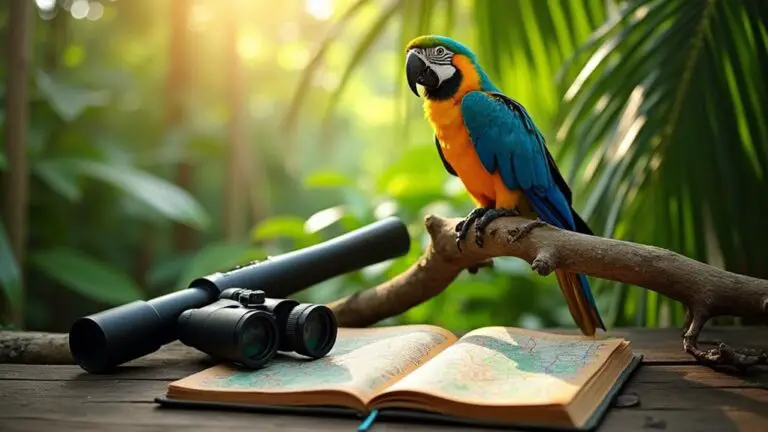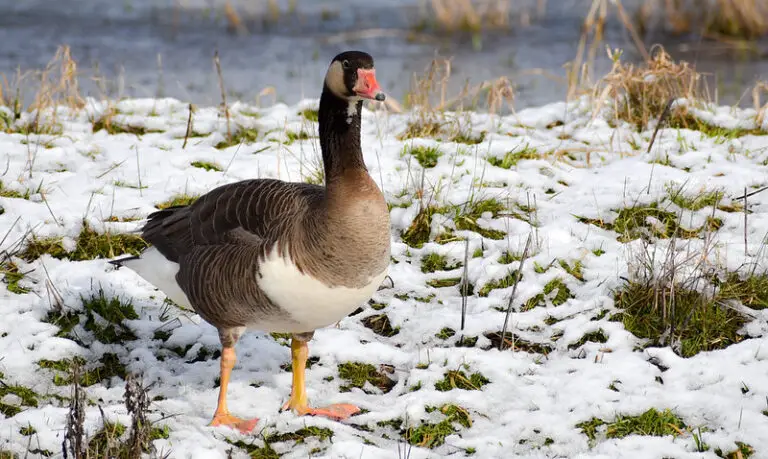Welcome to the comprehensive guide on how to attract eagles. If you’ve ever been fascinated by these majestic birds of prey and want to create an eagle-friendly environment in your area, you’ve come to the right place. In this article, we’ll explore various strategies and techniques to attract eagles and provide them with a suitable habitat. From understanding their characteristics and behavior to creating a welcoming environment, we’ll cover it all. So, let’s dive in and learn how to attract these magnificent creatures to your surroundings.
Understanding Eagles
What Are Eagles?
Eagles are large birds of prey known for their powerful build, sharp beaks, and strong talons. They belong to the Accipitridae family and are divided into various species found across different regions of the world. These incredible creatures have captivated humans for centuries with their impressive hunting abilities and awe-inspiring flights.
Eagle Species
There are several species of eagles, each with its own unique characteristics and habitats. Some of the most notable eagle species include:
Golden Eagle: A Majestic Bird of Prey
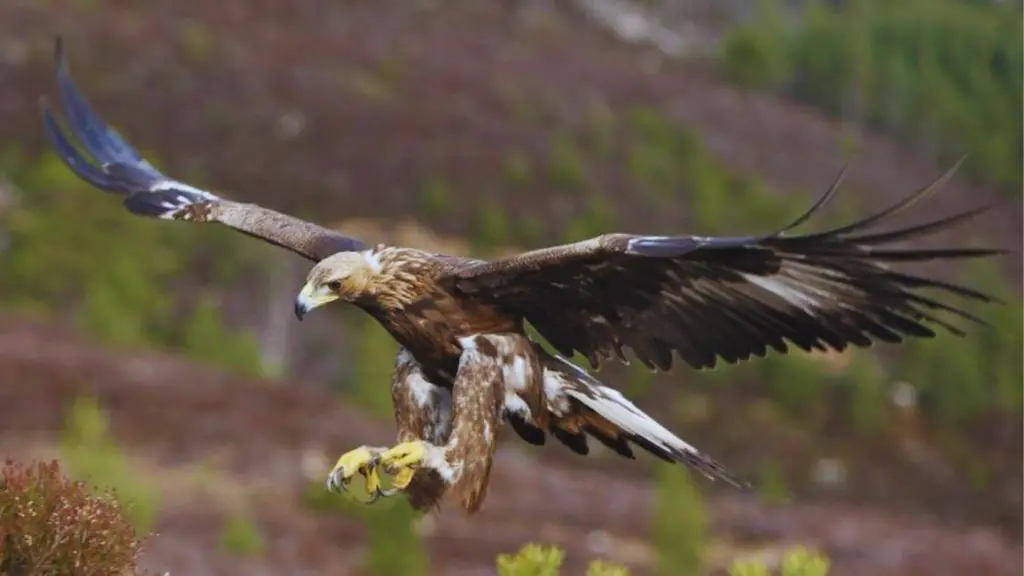
The Golden Eagle is a majestic bird of prey that is found across the Northern Hemisphere. It is known for its powerful talons and keen eyesight, which it uses to hunt for prey in open terrain. The Golden Eagle is often associated with strength, power, and freedom, making it a popular symbol in many cultures.
Harpy Eagle: A Fierce Predator of the Rainforest
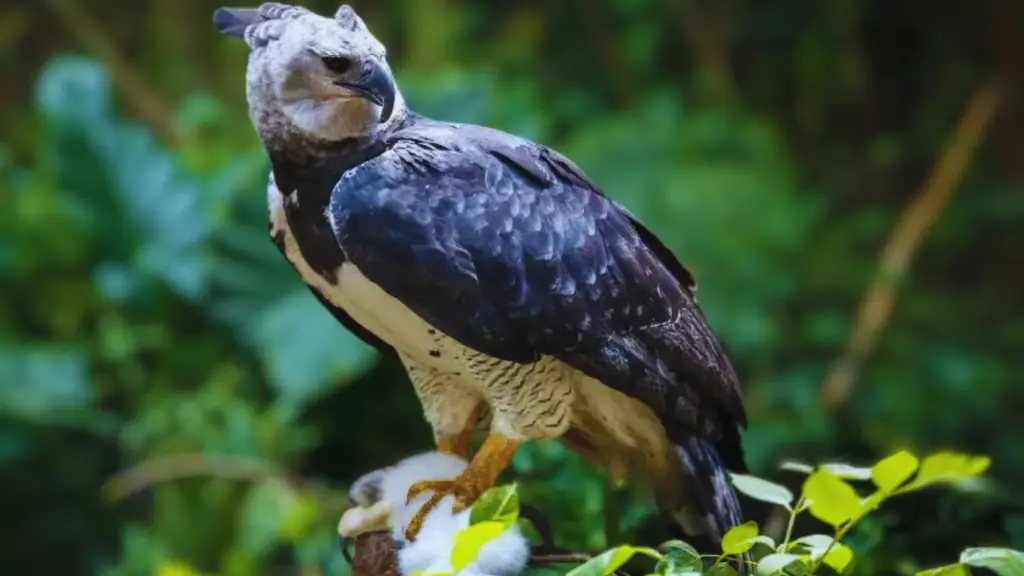
The Harpy Eagle is a large bird of prey that is found in the rainforests of Central and South America. It is known for its fierce hunting skills and powerful talons, which it uses to catch monkeys, sloths, and other prey. The Harpy Eagle is often considered a symbol of strength, courage, and ferocity.
African Fish Eagle: A Skilled Hunter of the Waterways

The African Fish Eagle is a large bird of prey that is found throughout sub-Saharan Africa. It is known for its striking appearance and skilled hunting abilities, which it uses to catch fish and other aquatic prey. The African Fish Eagle is often regarded as a symbol of power, freedom, and adaptability.
White-bellied Sea Eagle: A Coastal Hunter of the Tropics
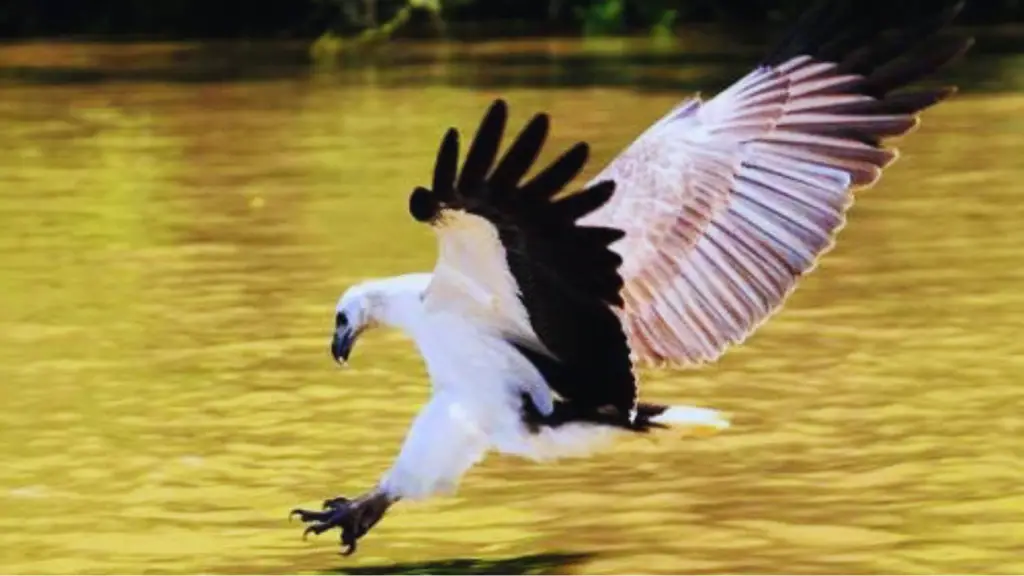
The White-bellied Sea Eagle is a large bird of prey that is found along the coastlines of Southeast Asia and Australia. It is known for its powerful talons and sharp eyesight, which it uses to hunt for fish and other prey in the ocean. The White-bellied Sea Eagle is often considered a symbol of strength, resilience, and adaptability.
1.3 Eagle Habitats
Eagles inhabit diverse environments, including mountains, forests, wetlands, and coastal areas. Their habitats provide them with suitable nesting sites, food sources, and perching spots. By understanding their preferred habitats, you can create an environment that mirrors their natural homes and attracts them to your area.
1.4 Eagle Characteristics and Behavior
To successfully attract eagles, it’s crucial to understand their characteristics and behavior. Eagles are known for their keen eyesight, exceptional flying skills, and territorial nature. They are also monogamous and form strong pair bonds during breeding seasons. Learning about their behavior patterns will help you design your eagle-friendly environment accordingly.
Creating an Eagle-Friendly Environment
Providing Adequate Food Sources
One of the key factors in attracting eagles is ensuring an abundant supply of suitable food sources. Eagles primarily feed on fish, small mammals, birds, and carrion. Consider implementing the following strategies to provide adequate food sources:
- Identify nearby water bodies where eagles can find fish.
- Install bird feeders to attract small birds that serve as potential prey for eagles.
- Create a composting area to attract scavengers that eagles can feed on.
By offering a variety of food sources, you can increase the chances of attracting eagles to your area.
Establishing Safe Nesting Sites
Nesting sites are essential for eagles to breed and raise their young. Providing safe and secure nesting opportunities can significantly enhance the chances of attracting eagles. Here’s how you can establish suitable nesting sites:
- Preserve tall trees or install artificial nesting platforms.
- Ensure the nesting sites are away from human disturbances.
- Create a buffer zone around the nesting area to minimize disruptions.
Offering nesting sites that mimic their natural preferences will make your environment more appealing to eagles.
Avoiding Harmful Chemicals and Pesticides
The use of harmful chemicals and pesticides can have detrimental effects on eagles and their habitats. To create an eagle-friendly environment, it’s crucial to avoid the use of these harmful substances. Instead, opt for organic and eco-friendly alternatives when managing pests and maintaining your surroundings.
Managing Surrounding Landscapes
Proper management of the surrounding landscapes can greatly contribute to attracting eagles. Consider the following tips:
- Plant native trees and shrubs that provide perching spots and cover.
- Maintain open spaces for easy flight and hunting.
- Create a diverse landscape with a mix of vegetation types.
A well-managed environment that mimics their natural habitats will be more appealing to eagles.
Attracting Eagles to Your Area
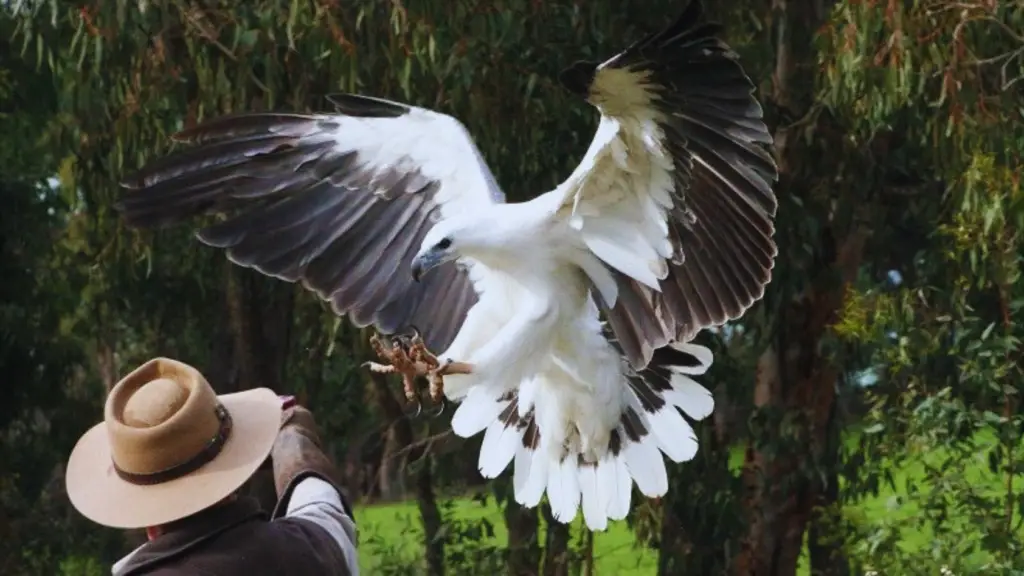
Understanding Eagle Migration Patterns
Eagles are known for their impressive migration patterns, which can span thousands of miles. Understanding their migration routes and timings can help you attract them to your area. Research the migration patterns specific to the eagle species you wish to attract and plan your efforts accordingly.
Offering Suitable Perching Spots
Eagles require suitable perching spots to rest and survey their surroundings. By providing elevated perches, such as tall trees or dedicated perching posts, you can create inviting spots for eagles. Ensure these perching spots offer a clear view of the surrounding area, allowing eagles to monitor potential prey or threats.
Providing Water Sources
Water is a crucial element for attracting eagles, especially those that feed on fish. If you have a pond, lake, or river nearby, you’re already at an advantage. However, even if you don’t have a natural water source, you can create artificial ones, such as small ponds or bird baths, to provide water for drinking and bathing.
Reducing Human Disturbances
Eagles are sensitive to human disturbances, so minimizing such disturbances is essential. Here are some steps to reduce human impact:
- Avoid making loud noises or sudden movements near eagle habitats.
- Restrict access to sensitive areas during breeding seasons.
- Educate the local community about the importance of eagle conservation.
Reducing human disturbances will create a peaceful environment that eagles will feel comfortable in.
Observation and Photography Tips
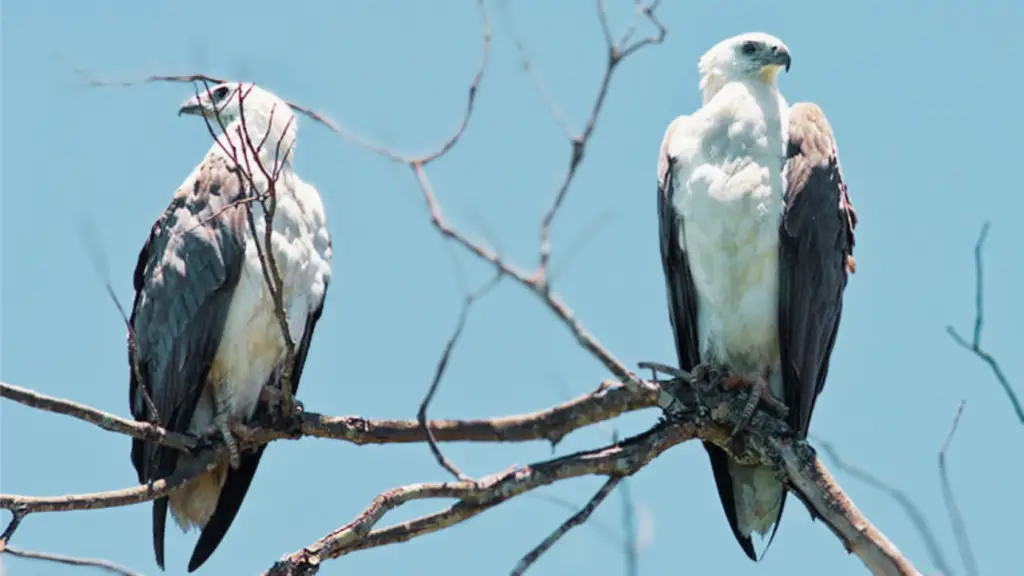
Essential Equipment
Observing and photographing eagles can be a rewarding experience. To capture their beauty and behavior, consider using the following equipment:
- Quality binoculars or spotting scopes for distant observations.
- Telephoto lenses for close-up photography.
- Tripods or monopods to stabilize your camera equipment.
Having the right gear will enhance your chances of capturing stunning images of eagles.
Choosing the Right Locations
Identifying the right locations is crucial for observing and photographing eagles. Consider the following factors when choosing your observation spots:
- Proximity to known eagle habitats or migration routes.
- Elevated viewpoints that provide a wide field of view.
- Safety and accessibility of the location.
Research and explore potential eagle-watching spots in your area to find the best vantage points.
Patience and Persistence
Observing eagles in their natural habitat requires patience and persistence. These birds may not always be visible, and it may take time to witness their impressive flights or hunting behaviors. Stay committed and spend ample time in your chosen locations to increase your chances of encountering eagles.
Ethical Considerations
When observing and photographing eagles, it’s essential to prioritize their well-being and follow ethical guidelines. Some important considerations include:
- Maintaining a respectful distance to avoid causing stress to the birds.
- Avoiding disruptive actions that could disturb their natural behavior.
- Respecting private properties and adhering to any regulations or restrictions.
By practicing ethical eagle-watching, you contribute to their conservation and protect their habitats.
How to Attract Eagles FAQs
Q: How long do eagles live?
A: Eagles have varying lifespans depending on the species, with an average lifespan of 20 to 30 years. However, some eagles can live up to 50 years in the wild.
Q: Do eagles mate for life?
A: Yes, eagles are known to mate for life. They form strong pair bonds and often return to the same nesting site year after year.
Q: Are eagles endangered?
A: While the conservation status of eagle species varies, some eagles, such as the Philippine Eagle and the Harpy Eagle, are considered endangered due to habitat loss and poaching. It’s important to protect and preserve their habitats.
Q: Can I feed eagles?
A: It’s generally not recommended to feed wild eagles. Eagles are skilled hunters and feeding them may disrupt their natural hunting behaviors and dependence on natural food sources.
Q: How can I differentiate between male and female eagles?
A: In many eagle species, females are larger than males. Additionally, males may have slightly different plumage coloration or patterns. Consulting field guides specific to your target eagle species can provide more detailed information.
Conclusion
In short, how to attract eagles to your area requires a combination of understanding their needs and creating a suitable environment. By implementing the strategies mentioned in this guide, such as providing adequate food sources, establishing safe nesting sites, and reducing human disturbances, you can significantly increase the chances of attracting these magnificent birds of prey. Remember to observe ethical guidelines when watching and photographing eagles to ensure their well-being and conservation. Enjoy the beauty of eagles and the wonders of nature as you embark on this rewarding journey.


